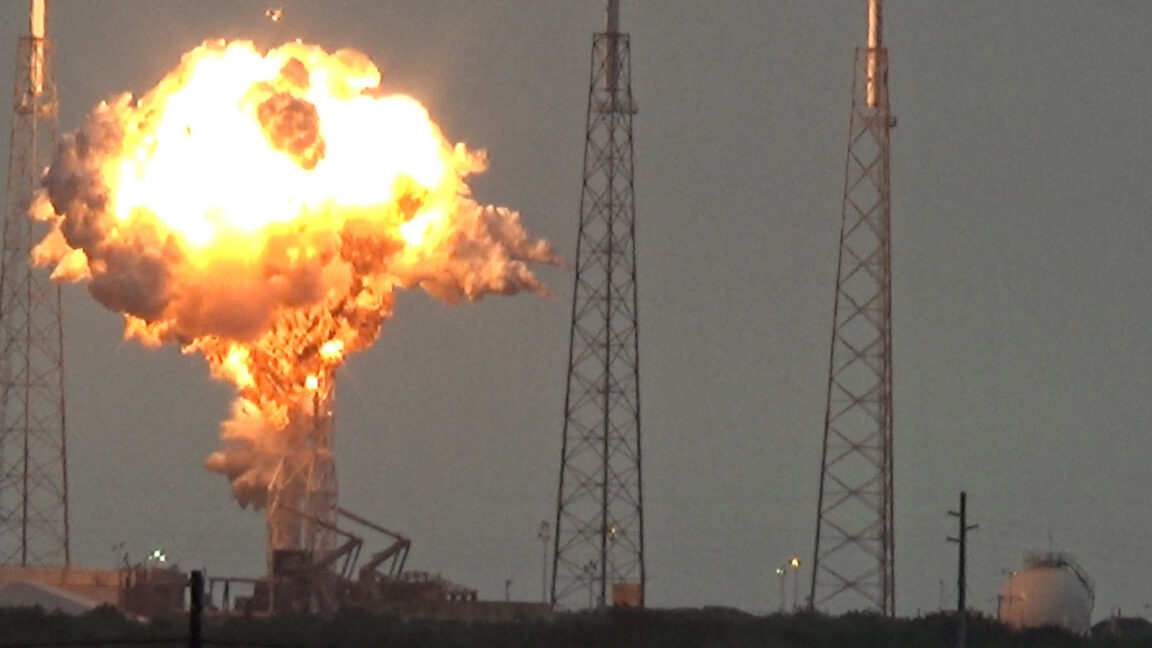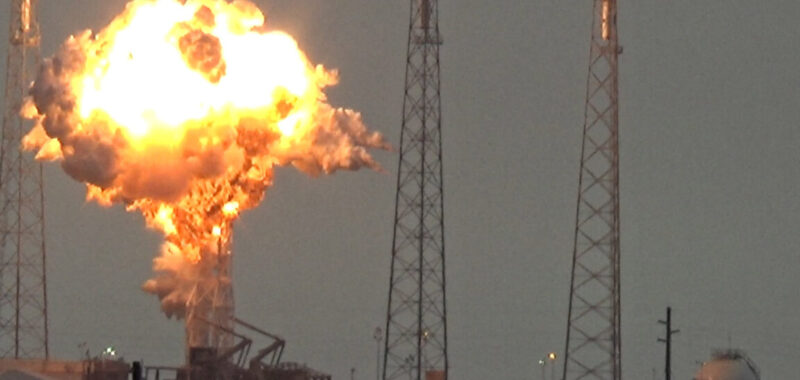
Enter the FBI
We should stop and appreciate the crucible that SpaceX engineers and technicians endured in the fall of 2016. They were simultaneously attempting to tease out the physics of a fiendishly complex failure; prove to NASA their exploding rocket was safe; convince safety officials that even though they had just blown up their rocket by fueling it too quickly, load-and-go was feasible for astronaut missions; increase the cadence of Falcon 9 missions to catch and surpass ULA; and, oh yes, gently explain to the boss that a sniper had not shot their rocket.
So there had to be some relief when, on October 13, Hughes received that letter from Dr. Michael C. Romanowski, director of Commercial Space Integration at the FAA.
According to this letter (see a copy here), three weeks after the launch pad explosion, SpaceX submitted “video and audio” along with its analysis of the failure to the FAA. “SpaceX suggested that in the company’s view, this information and data could be indicative of sabotage or criminal activity associated with the on-pad explosion of SpaceX’s Falcon 9,” the letter states.
This is notable because it suggests that Musk directed SpaceX to elevate the “sniper” theory to the point that the FAA should take it seriously. But there was more. According to the letter, SpaceX reported the same data and analysis to the Federal Bureau of Investigation in Florida.
After this, the Tampa Field Office of the FBI and its Criminal Investigative Division in Washington, DC, looked into the matter. And what did they find? Nothing, apparently.
“The FBI has informed us that based upon a thorough and coordinated review by the appropriate Federal criminal and security investigative authorities, there were no indications to suggest that sabotage or any other criminal activity played a role in the September 1 Falcon 9 explosion,” Romanowski wrote. “As a result, the FAA considers this matter closed.”
The failure of the Amos-6 mission would turn out to be a low point for SpaceX. For a few weeks, there were non-trivial questions about the company’s financial viability. But soon, SpaceX would come roaring back. In 2017, the Falcon 9 rocket launched a record 18 times, surpassing ULA for the first time. The gap would only widen. Last year, SpaceX launched 137 rockets to ULA’s five.
With Amos-6, therefore, SpaceX lost the battle. But it would eventually win the war—without anyone firing a shot.

